Picture this: temperatures so bone-chillingly cold that your car won’t start, your breath instantly turns to ice crystals, and the very air seems to freeze around you. We’re talking about Alaska’s legendary cold snaps – weather events so extreme they made headlines across America and left meteorologists scratching their heads in amazement. These Arctic blasts have plunged thermometers to record-shattering lows, sometimes dipping below –60°F in remote Alaskan towns. Entire communities grind to a halt as power grids strain, heating systems fail, and even steel and concrete crack under the pressure of the freeze. Wildlife struggles too, with moose, caribou, and birds battling conditions harsher than anything most of the U.S. ever experiences. For residents, survival often comes down to preparation, grit, and neighborly support. These cold snaps aren’t just weather—they’re defining moments that test the limits of both nature and human endurance.
The Record That Still Stands: Prospect Creek’s Legendary Minus 80
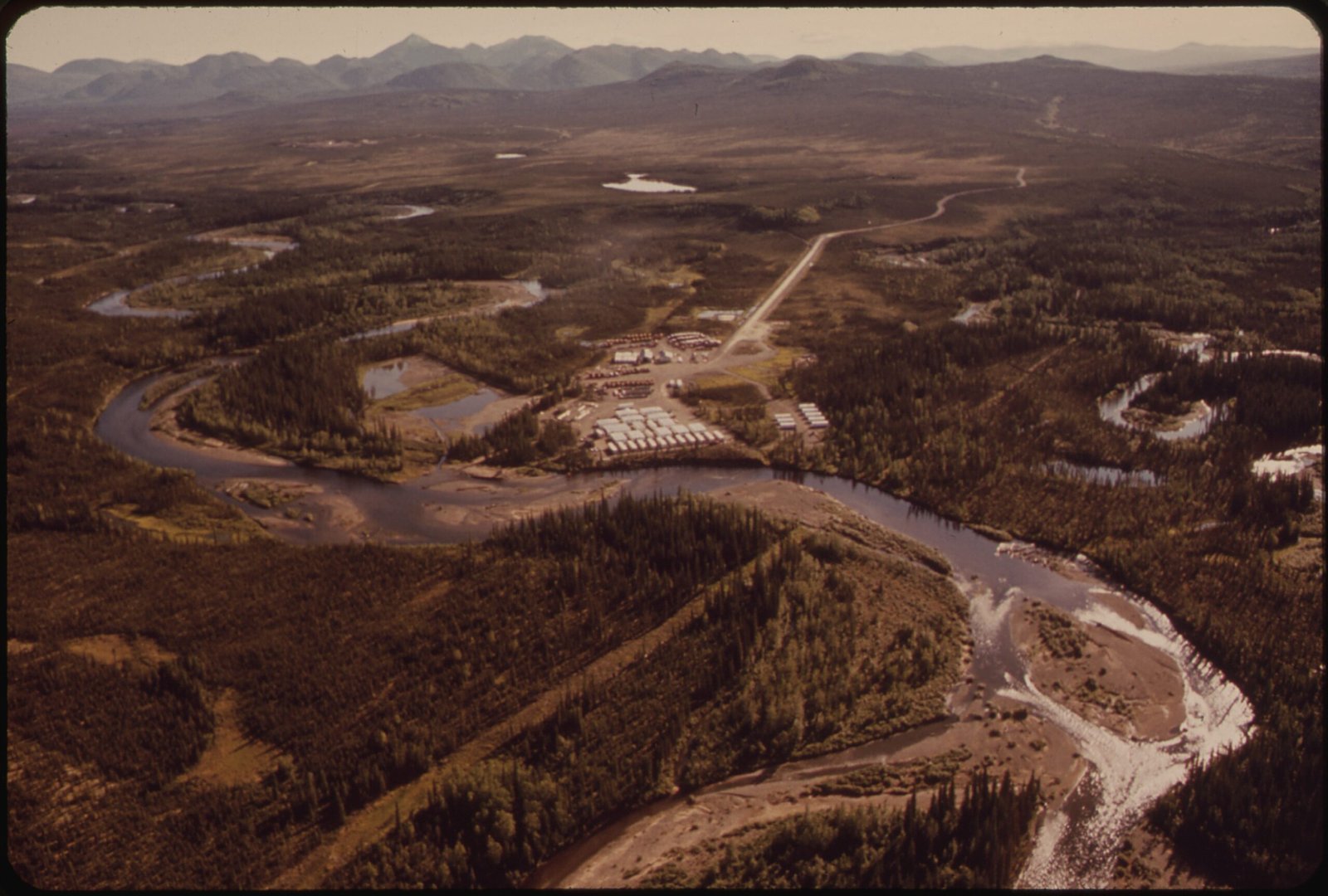
On January 23rd, 1971, something absolutely mind-blowing happened at a remote construction camp in Alaska’s interior. A weather observer at Prospect Creek Camp recorded minus 80 degrees Fahrenheit – Alaska’s all-time cold temperature record that still stands today. Think about that for a second: eighty degrees below zero. At that temperature, the air literally feels like it’s trying to freeze your lungs solid.
The high temperature that day at Prospect Creek was minus 64 degrees, meaning it never got “warm” enough to even reach what most of us would consider brutally cold. The average temperature in Fairbanks that January was minus 31.7 degrees – a whopping 20 degrees colder than a typical Fairbanks winter. This wasn’t just a quick temperature dip; it was a sustained assault of arctic fury.
The Great 1989 Freeze That Paralyzed the State
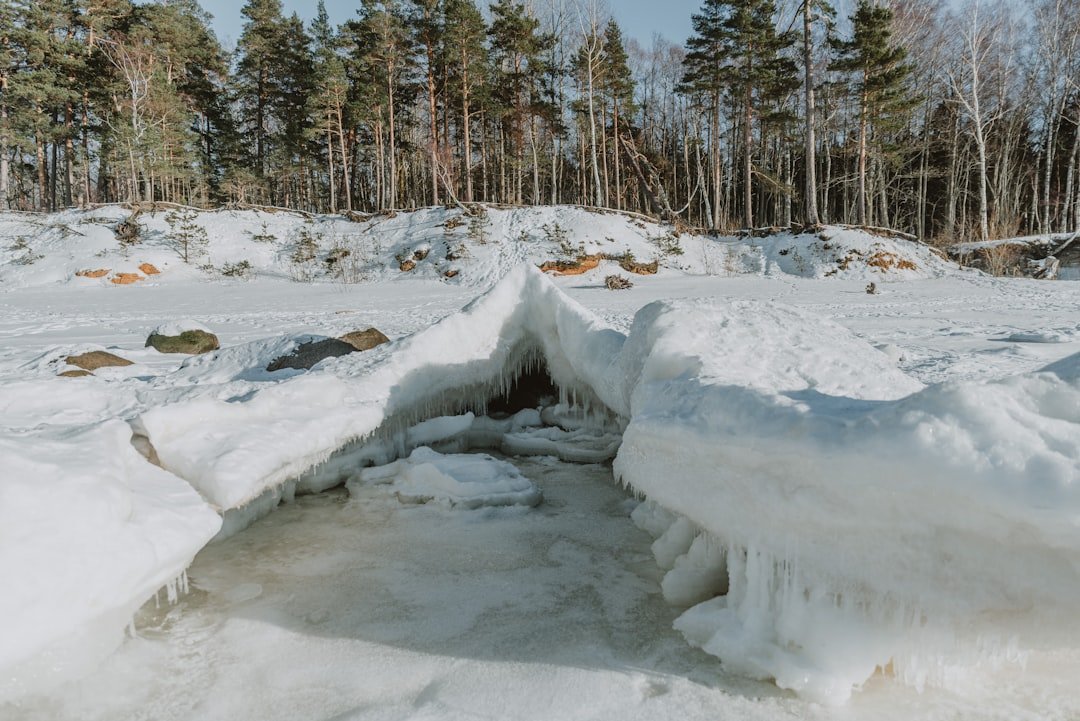
If you lived in Alaska during January 1989, you probably still have nightmares about it. The village of Tanana hit minus 76 degrees, just four degrees shy of Alaska’s all-time record. But here’s what made this cold snap truly terrifying: it wasn’t just one location getting hammered.
Thermometers in Tanana, McGrath, Ambler, Aniak, Farewell Lake, Galena and Manley Hot Springs all registered 70 below zero or colder on January 27, 1989. Fairbanks came to a complete halt for fourteen days with temperatures of -50 to -70°F, and aircraft were grounded for more than six days during this event. Imagine an entire state essentially frozen in time.
The Polar Vortex Invasion of 2014
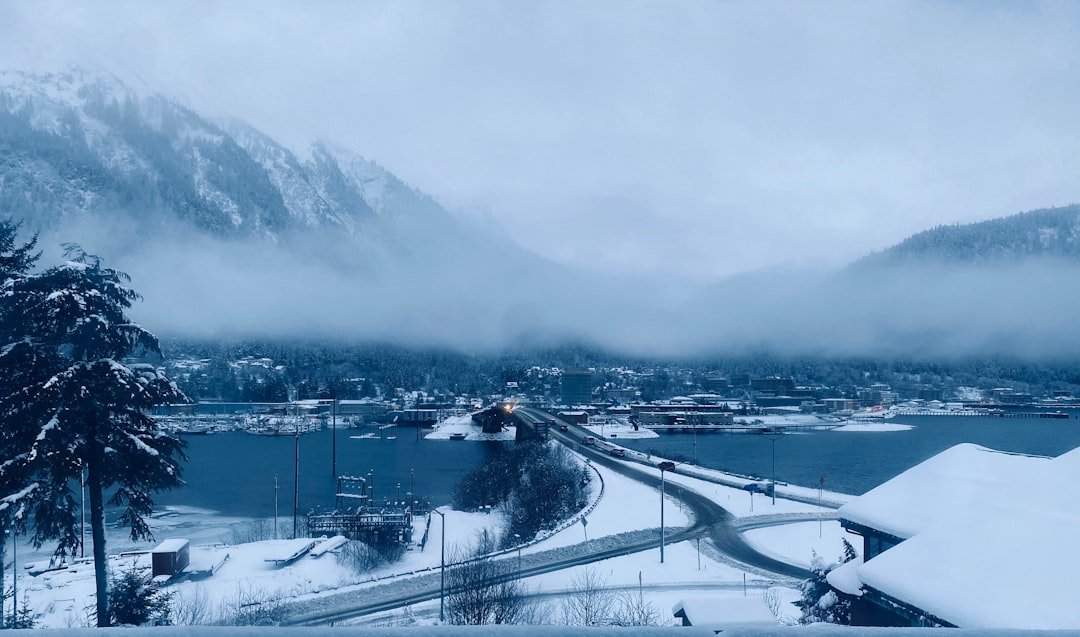
While Alaska was dealing with its cold weather challenges, something unprecedented was brewing that would affect the entire continent. The January-March 2014 North American cold wave was caused by a southward shift of the North Polar Vortex. This wasn’t your typical winter weather – it was a climate beast that brought record-breaking cold to places that rarely see such extremes.
Alaska experienced unusually warm conditions during this period while the eastern United States was gripped by brutal cold. It’s like Mother Nature decided to play a cruel joke, flipping the script on what we’d normally expect. More than 200 million people were affected across an area ranging from the Rocky Mountains to the Atlantic Ocean.
The 2024 Return to Old-School Cold
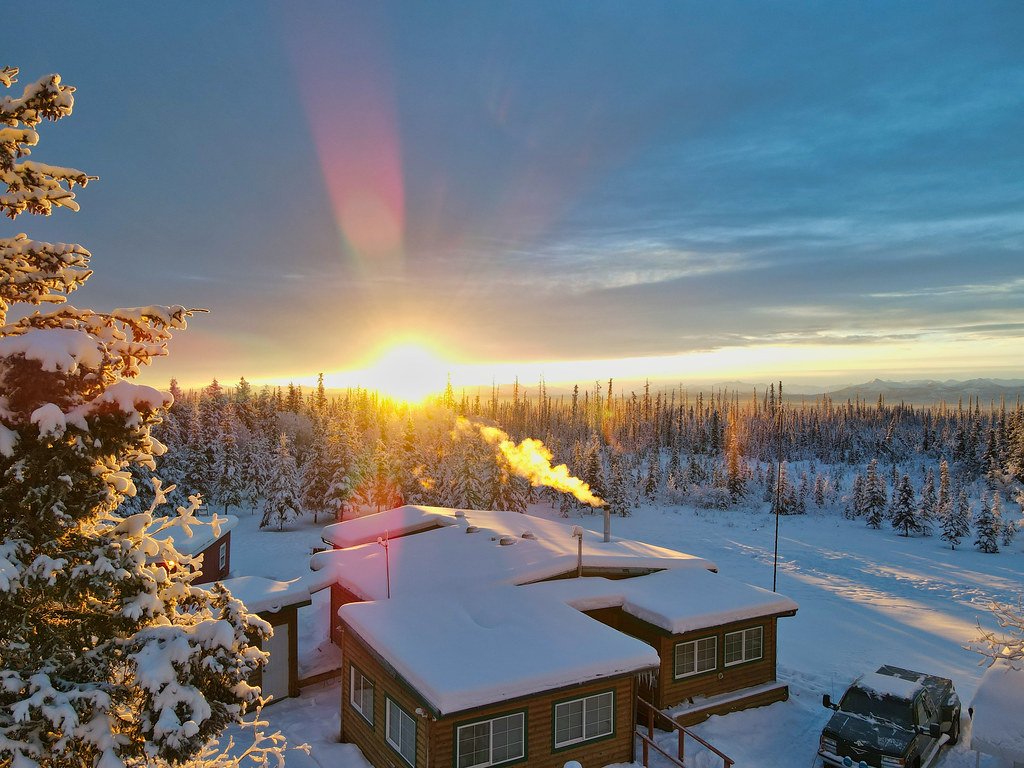
After years of relatively mild winters, Alaska reminded everyone in 2024 why it’s called “The Last Frontier.” The late January and early February 2024 cold snap was the most prolonged deep cold weather in more than a decade for Interior Alaska, the northern Bering Sea region, and Southcentral. The lowest reliable temperature was -64°F at an automated weather station in the Kanuti Flats.
What made this event particularly noteworthy wasn’t necessarily the absolute temperatures, but the duration and widespread nature of the cold. One Fairbanks resident noted it was “the second-coldest since we moved here more than 15 years ago”. After a decade of milder weather, Alaskans were getting a harsh reminder of what their state is truly capable of producing.
The Mysterious 2012 Deep Freeze
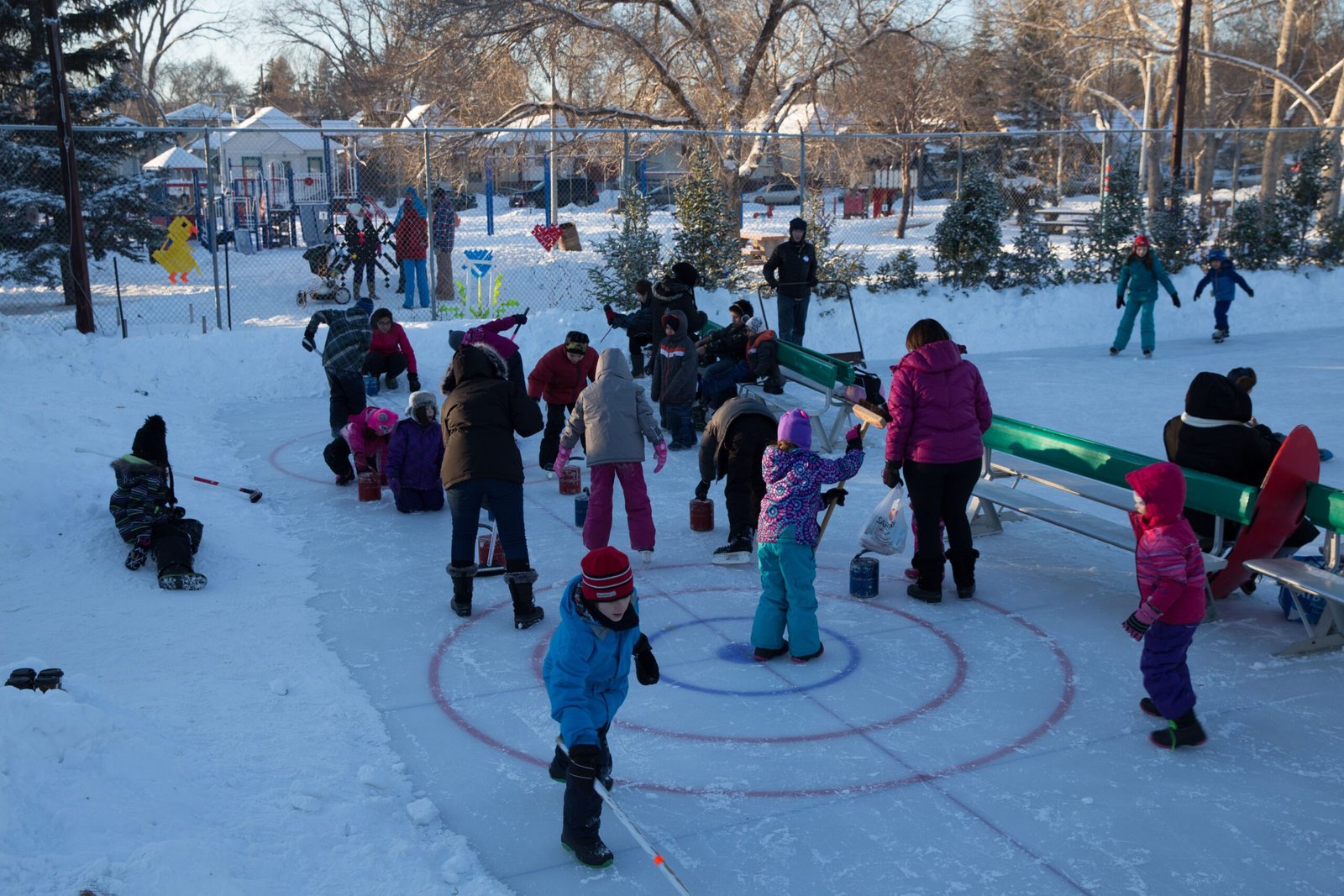
During January 2012, Alaska experienced intense winter cold unlike anything they’d seen in recent years, with Fairbanks hitting -50°F and -51°F on consecutive nights – the first time since 1999 the city had seen back-to-back minus fifty nights. Since 1906, there have only been three years with more 40-below days during January than what occurred in 2012.
This cold snap was particularly brutal because it came during what was otherwise a mild winter for most of North America. A massive area of Alaska experienced bitter cold temperatures of -50 to -65°F, with Fort Yukon hitting 65 below zero. The contrast was so stark that meteorologists dubbed it a reminder of where all the missing cold air had gone.
Ice Fog: The Visible Enemy

When Alaska’s temperatures plummet, something eerily beautiful yet absolutely terrifying emerges: ice fog. Ice fog has a magic number – minus 30°F – it doesn’t form until air gets that cold, and it dissipates when temperatures rise above that threshold. Ice fog is produced when water vapor from urban environments meets an air mass too cold to dissolve it and cold enough to crystallize the condensed vapor into tiny ice crystals.
From 1950 to 1980, Fairbanks averaged more than two weeks’ worth of ice fog days each year, but from 1990 to 2020, that dropped to only about 6 days annually. Early settlers called ice fog the ‘white death’ because they believed the crystals would get into their lungs and cause death. While that’s not scientifically accurate, anyone who’s driven through thick ice fog knows it feels like navigating through a frozen nightmare.
The Science Behind Alaska’s Extreme Cold
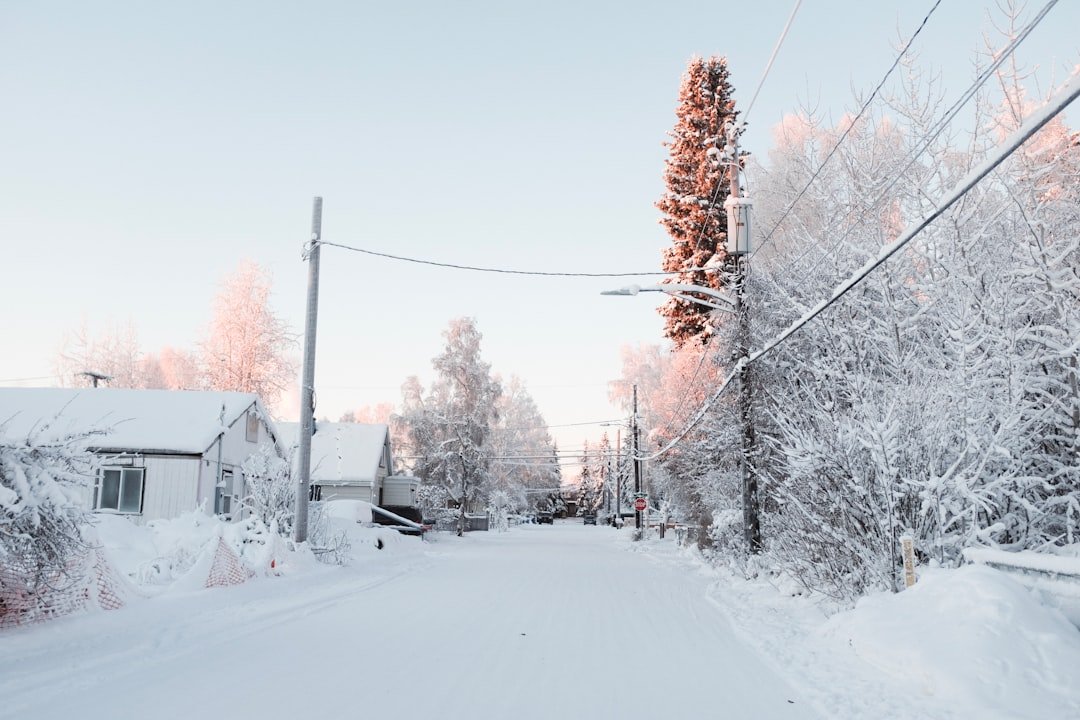
What makes Alaska capable of producing such mind-numbing temperatures? The answer lies in a perfect storm of geographic and atmospheric conditions. As the sun retreats near or below the horizon, less heating occurs at ground level, and if skies are clear, Earth radiates heat energy to space, creating cold, stagnant air near the ground that often inverts normal temperature patterns.
At Fairbanks, where hills surround the city and hamper air movement, near-ground temperature inversions are among the world’s most extreme – as much as 16°F each 100 feet of altitude. It’s like living in a giant natural freezer that traps the coldest air right where people are trying to live and work. During the 1989 cold snap, the weight of frigid air molecules created the highest barometric pressure reading ever recorded in North America at Northway: 31.85 inches of mercury.
When Fairbanks Became Uninhabitable

From December 2008 to January 2009, Fairbanks recorded 15 consecutive days of -40°F or colder temperatures – the longest cold snap recorded since 1973. During events like these, normal life essentially ceases. Cars won’t start despite being plugged in, pipes freeze and burst, and the simple act of breathing becomes painful.
Most people in Fairbanks yearn for the magic moment when temperature warms to about minus 30 – the point at which ice fog dissolves to become water vapor. When you’re celebrating a “warm-up” to minus 30, you know you’re dealing with truly extreme conditions. The psychological impact of these extended cold periods can be just as brutal as the physical effects.
Transportation Nightmares and Infrastructure Failures
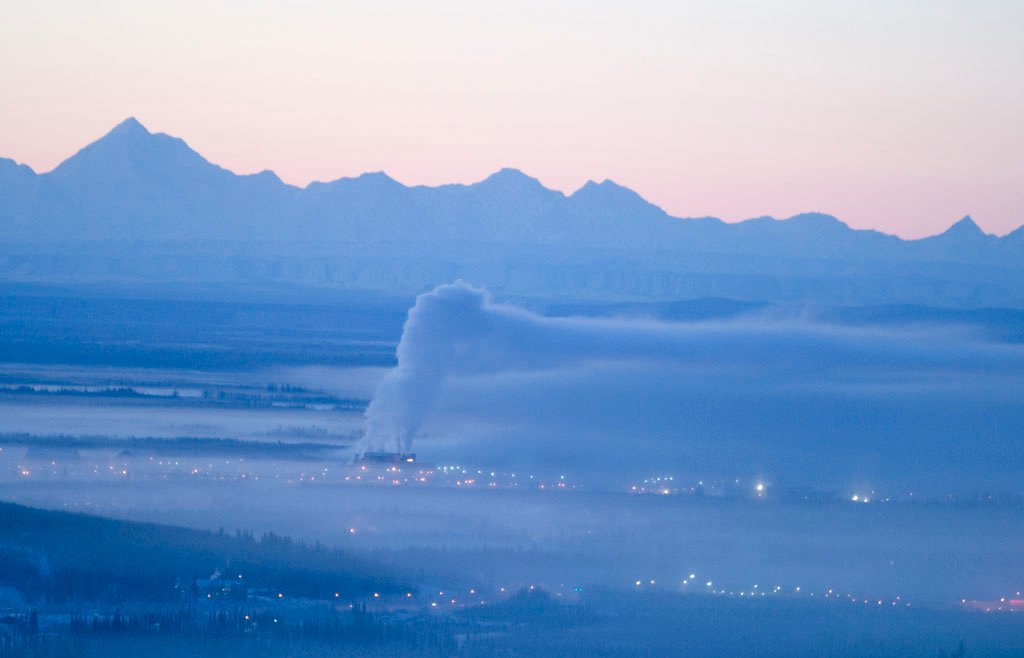
Alaska’s extreme cold doesn’t just inconvenience people – it brings entire transportation systems to their knees. The air in Fairbanks can become so stagnant during severe inversions (which occur approximately 240 days each year) that the city’s pollution becomes trapped, making pollution control absolutely essential. Even in remote areas like the Arctic Ocean and Chukchi Sea, ice fog can set in thick and bring all transportation to a complete halt.
The economic impact is staggering. While cars and trucks are the most visible sources of ice fog due to their water vapor emissions, gasoline combustion only makes up about 3 percent of water sources, but that 3 percent hangs exactly where people drive. Prolonged very low temperatures reveal weaknesses in mechanical systems that are otherwise inconsequential or slower to cause problems.
Climate Change and the Changing Nature of Alaska’s Cold
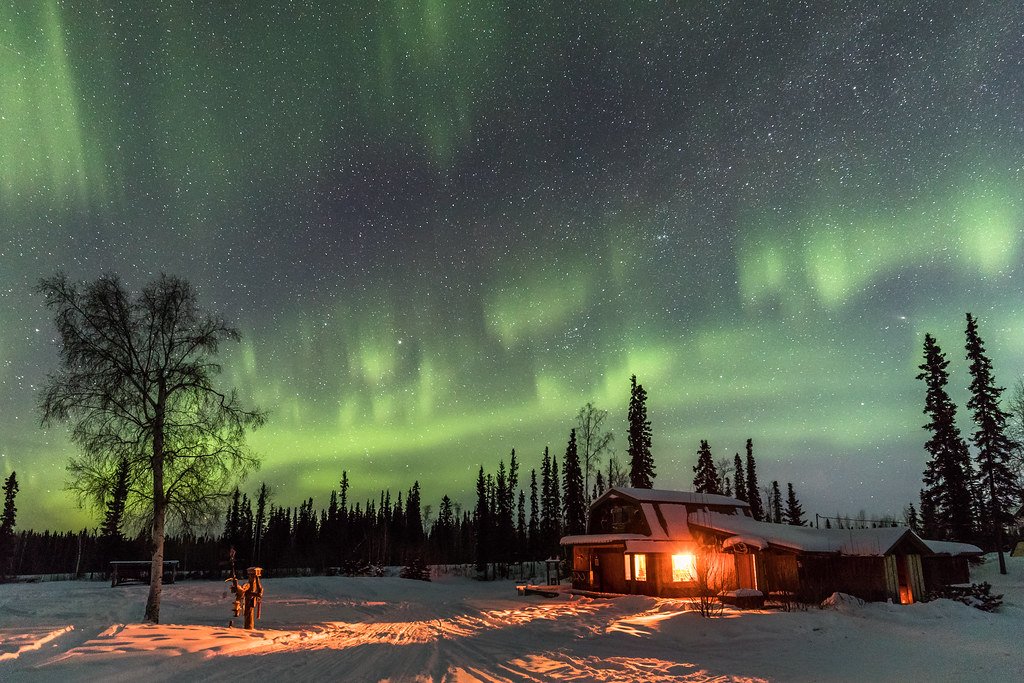
Here’s something that might surprise you: Alaska’s legendary cold snaps are becoming less frequent and less severe. Over the past 60 years, Alaska has warmed more than twice as fast as the rest of the country, with average annual temperatures increasing by 3°F and winter temperatures increasing by 6°F. For the first winter in historical records (2015-16), no community in Alaska reached -50°F, with the lowest temperature being -47°F at Arctic Village.
The average number of days with temperatures of -30°F or lower in Fairbanks has decreased by 63 percent over the past 85 years. This means that when extreme cold events do occur now, they’re more shocking because people aren’t as accustomed to them. Climate experts believe future 1989-style cold snaps are still possible, but they’re less likely than in the 20th century.
When Nature Throws a Curveball: Recent Surprises
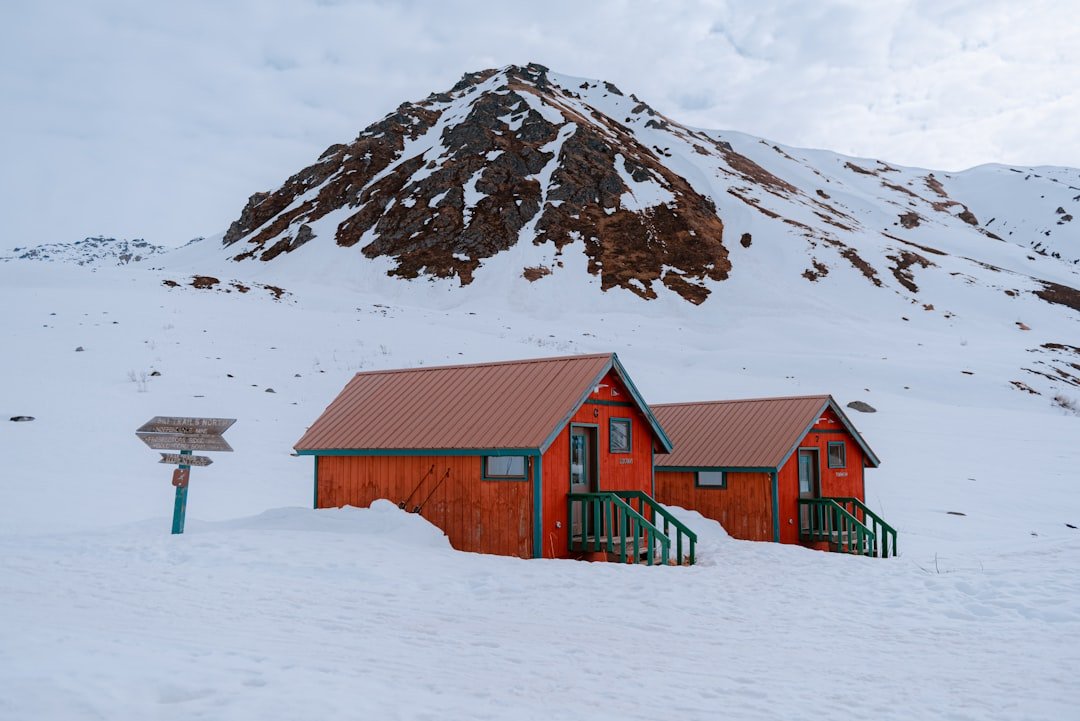
In early February 2008, Alaska experienced the coldest temperatures in eight years, with Fairbanks nearing -50°F and Chicken, Alaska bottoming out at -72°F, just eight degrees away from the all-time record. Weather observers in Chicken recorded minus 72°F during their morning check on February 7, 2008, and two days later, observers at O’Brien Creek recorded the same temperature.
These recent extreme events serve as reminders that despite overall warming trends, Alaska still has the raw ingredients for producing shocking cold. Alaska still has the basic elements for extended cold spells: white ground surfaces that reflect solar warmth and winter planetary tilt that limits solar input. Mother Nature clearly isn’t done surprising us yet.
Conclusion: Respecting Alaska’s Frozen Fury
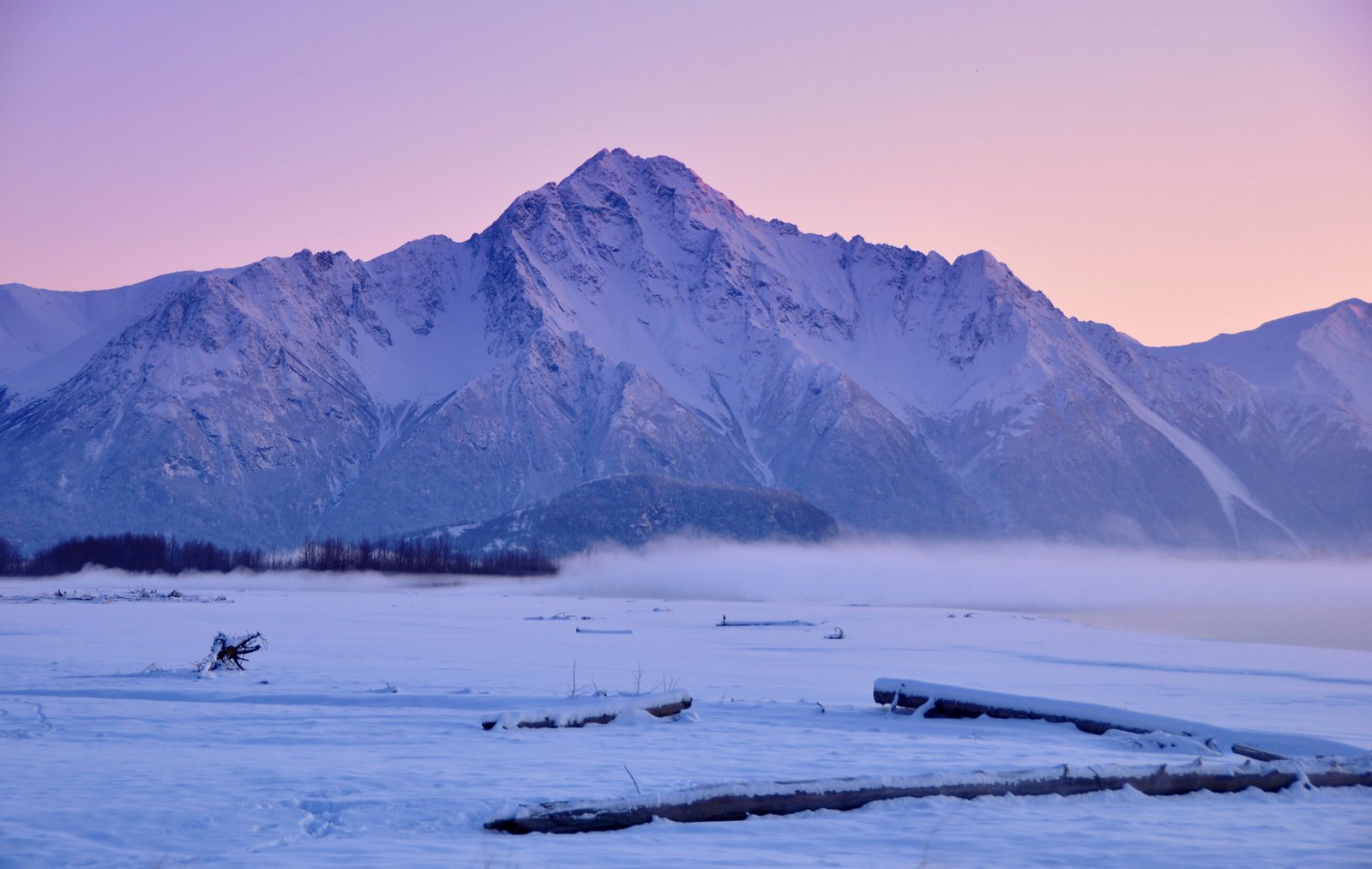
Alaska’s cold snaps aren’t just weather events – they’re reminders of nature’s raw power and humanity’s vulnerability in the face of extreme conditions. From the record-setting minus 80°F at Prospect Creek in 1971 to the recent 2024 cold snap that brought back memories of old-school Alaska winters, these events continue to shock and humble anyone who experiences them.
As climate patterns shift and extreme cold becomes less common, each major cold snap becomes more noteworthy and impactful. While Alaska may be warming faster than most places on Earth, it clearly hasn’t lost its ability to produce the kind of bone-chilling, infrastructure-crushing, life-altering cold that earned it its fearsome reputation. The next time you complain about a chilly day, remember Alaska’s frozen fury – and be grateful you’re not trying to start your car at minus 70. What would you do if faced with such extreme conditions?

Hi, I’m Andrew, and I come from India. Experienced content specialist with a passion for writing. My forte includes health and wellness, Travel, Animals, and Nature. A nature nomad, I am obsessed with mountains and love high-altitude trekking. I have been on several Himalayan treks in India including the Everest Base Camp in Nepal, a profound experience.


